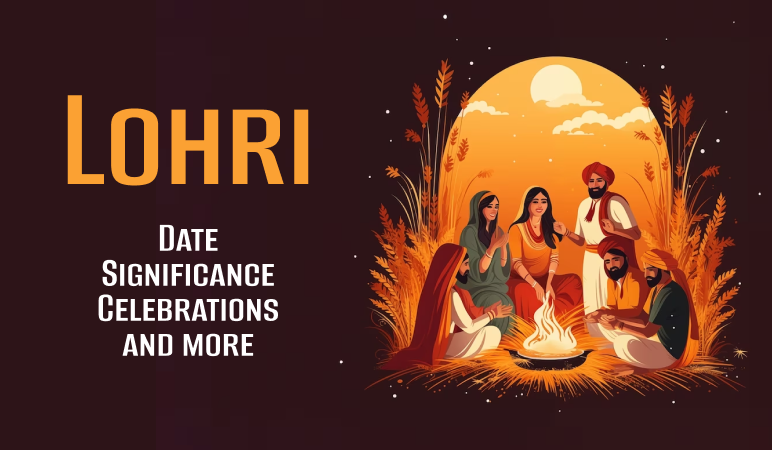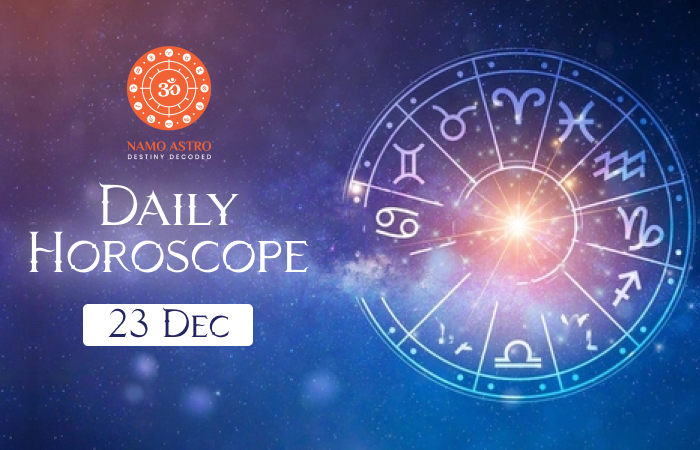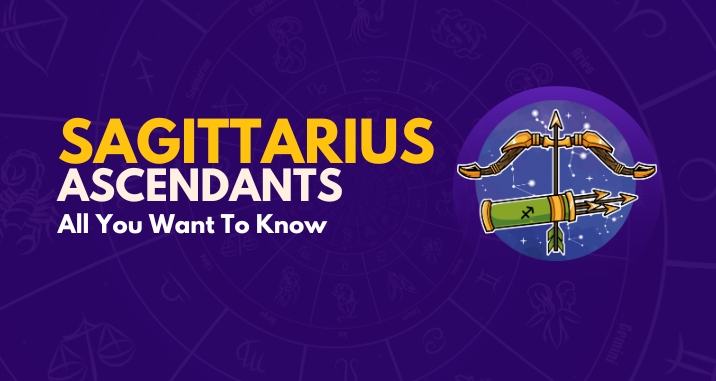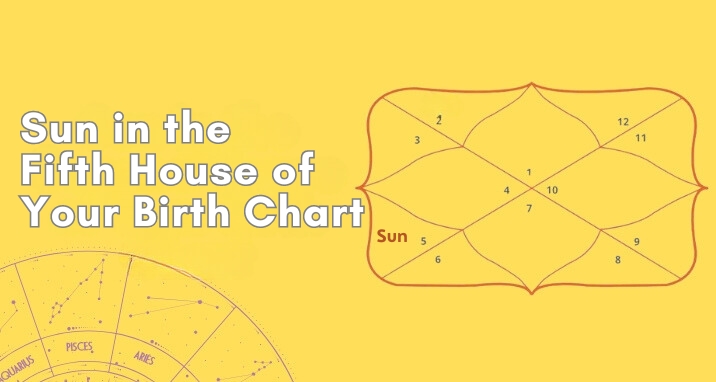Lohri: Date, Significance, Celebrations and more!

Even though Lohri is predominantly celebrated in the northern part of India, the festival is known to all. This harvest festival is more than celebrating the produce. Lohri is also the time when Sikhs commemorate the sacrifice of forty Sikhs, who fought for Guru Gobind Singh Ji, known as Maghi.
Lohri 2024 Dates
Also called ‘Lohadi’ or ‘Lal Loi’, Lohri is usually celebrated on January 13 every year, but this year, the date falls on January 14, 2024 (Saturday) Lohri Sankranti Time: 08:57 PM.
Lohri typically happens a day before Makar Sankranti and follows the Vikrami Calendar, an ancient Hindu calendar used on the Indian subcontinent. It falls in Paush (January/December) and is based on the Solar part of the Lunisolar Punjabi Calendar. In simple terms, Lohri usually falls between the 13th and 14th of January on the regular calendar that most people use.
Significance of Lohri
Lohri is especially significant for farmers, linked to the harvest of rabi crops. Sugarcane products like jaggery and nuts harvested now are essential to Lohri celebrations. Farmers and their families pray for a bountiful crop in the upcoming year. For Punjabi farmers, the day after Lohri marks the start of the financial new year. New agricultural leases begin on Lohri, and landlords collect rents on this day.
Lohri goes beyond celebrating agriculture; it showcases cultural richness, traditional values, and the shared gratitude for nature’s plenty and the community’s well-being.
After Lohri, the Earth begins tilting toward the Sun at the Tropic of Capricorn, marking the start of its journey closer to the Sun. This transition, known as Lohri, signifies the end of winter and the beginning of spring as the Earth moves along its elliptical orbit.
Lohri is a special celebration connected to the Sun, the Earth, and fire. The earth symbolizes our need for food, the sun represents life, and fire reflects our health. It’s a way to express gratitude to the Almighty for our existence and the chance to enjoy these natural elements without any cost.
During Lohri, communities join together culturally. The lively bhangra and gidda dances, with traditional music, create a feeling of togetherness and happiness. Greeting each other, sharing sweets, and giving gifts strengthen social ties, highlighting the value of sharing and community harmony.
Where is Lohri Celebrated?
Lohri, a popular festival in North India, is mainly celebrated by Sikhs and Hindus in states like Punjab, Haryana, Himachal Pradesh, Delhi, Uttar Pradesh and Jammu.
Traditional folk dances like bhangra and gidda are integral to Lohri, featuring colorful attire, energetic music, and rhythmic movements.
Strengthening bonds with rewari, gazak, and sesame seed snacks is also a part of the celebration. Gift-giving, especially to children and the less fortunate, embodies generosity.
Lohri concludes with a feast, thanking the Almighty for a good harvest and emphasizing agricultural abundance and the joy of sharing with others.









